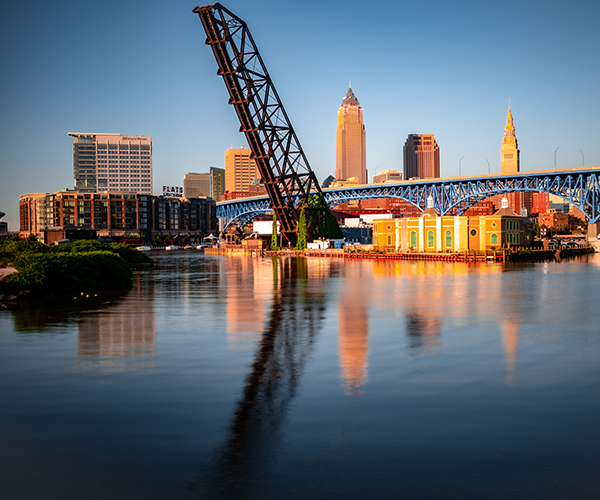A conversation with “Hero Tomorrow” creators Ted Sikora and Milo Miller quickly turns into a machine-gun-paced discussion of the comic-book culture infiltrating mainstream America.
Tipping back beers in a Lakewood bar, the duo debate hit films inspired by beloved comic-book characters (“X-Men,” “Spider-Man”), as well as the ones that tanked before being rapidly ushered to a DVD release (“Catwoman,” “The Punisher,” “Elektra”). They speak in quick, excited bursts about the merits and flaws of each until the subject turns to their superhero movie.
By the start of 2005, the duo had filled more than 100 30-minute digital tapes with raw footage for the film that had consumed their free time for the previous year. Before that, Sikora and Miller spent three years writing and rewriting their screenplay about a comic-book junkie with a fashion-designer girlfriend and the desire to become a costumed crime fighter. But the duo’s self-described “offbeat, punk-rock kick in the ass to the superhero genre,” wasn’t an immediately obvious choice of subject matter.
“We had been talking about various projects and nothing was really sticking,” offers Miller. “This was a single idea we knew we could do.”With a preview of a portion of the film set for next month at the Museum of Contemporary Art (MOCA) Cleveland and the duo waiting for word on submissions to various film festivals, we had Sikora, the film’s director, give us five pointers on how to separate your film from the pack.
Know Where You Are Going: When the script was finished, Sikora mapped each shot on storyboards with a goal of completing one page each day. Fifteen months later, he had 500 pages that served as a blueprint for the film. “Taking all that time on every scene changed the writing and the dialogue and the props. It was extremely valuable,” he says.
Expand the Casting Call: Aside from film actors, Sikora cast theater veterans, a performance-art poet, a motivational speaker and even a retired opera singer in prominent roles. “Sometimes we’re just looking for a type and we realize we can get a character out of someone,” Sikora explains. “For instance, the guy who did opera. He was so big and boisterous during rehearsals I literally had to tell him to just mumble. Once he did that, it really sounded believable.”
Finance Creatively: “Hero Tomorrow” was filmed on a new video camera that mimics the look of traditional film. Its hulking $30,000 price tag was an initial obstacle, but Sikora snared investors to pay for it with the guarantee they’d see some of their money back. “We told them, ‘At the end of the shoot we will sell the camera and you will get that much of your money back,’ ” he explains.
Locations, Locations, Locations: Young filmmakers are told to keep the cast and locations to a minimum. “Hero Tomorrow,” on the other hand, had 50 speaking parts and 30 locations ranging from bathrooms to barns in 13 Greater Cleveland cities. “It adds, on a subliminal level, to [the audience] believing everything that’s going on,” Sikora says.Have a Plan B: Sikora had planned to film scenes inside a local comic shop, but the major comic companies wouldn’t give permission for their titles and characters to appear in the film’s background. So, Sikora and his crew created a shop in a vacant storefront and, with the creators’ blessings, filled it with independent titles such as “Astro City” and “Frankenstein Mobster,” after snagging shelves from a local video store that was going out of business. “We had to use the porno shelves because they were high enough to hold comic books,” Sikora recalls with a laugh. “The comic shop was truly one of the most fun adventures of the whole thing and the most difficult.”
A “Hero Tomorrow” preview will be screened at Museum of Contemporary Art (MOCA) Cleveland on Oct. 28. Visit www.herotomorrow.com for more information.
Trending
-
1
-
2
-
3
-
4
-
5










